LAUROLITSINE
- CAS NO.:5890-18-6
- Empirical Formula: C18H19NO4
- Molecular Weight: 313.35
- MDL number: MFCD06809897
- SAFETY DATA SHEET (SDS)
- Update Date: 2024-11-19 23:02:33
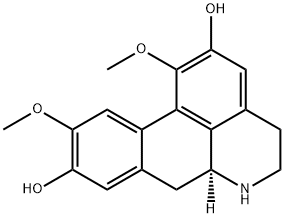
What is LAUROLITSINE?
Description
This noraporphiae alkaloid has been obtained from Litsea japonica and Neolitsea sericea and swells at 11 5-8°C before melting. It is dextrorotatory with [o:lbl + 102.5° (EtOH) and yields a picrate as yellow needles, m.p. 212°C (dec.) and a picrolonate, m.p. 239°C (dec.). The N-methyl derivative is identical with boldine.
The Uses of LAUROLITSINE
Laurolitsine is an alkaloid extracted from Polyalthia longifolia var. pendula.
Definition
ChEBI: An isoquinoline alkaloid that is noraporphine substituted by hydroxy groups at positions 2 and 9 and methoxy groups at positions 1 and 10. Isolated from Litsea glutinosa and Lindera chunii, exhibits inhibitory activity against HIV 1 integrase.
References
Nakasato, Nomura., Chem. Pharm. Bull., (Tokyo), 7, 780 (1959)
Kozuka., J. Ph arm. Soc., Japan, 82, 1567 (1962)
See also:
Johns, Lamberton., Austral. J. Chem., 20, 1277 (1967)
Properties of LAUROLITSINE
| Melting point: | 138-140 ºC |
| Boiling point: | 453.15°C (rough estimate) |
| Density | 1.313 |
| refractive index | 1.5100 (estimate) |
| solubility | Soluble in Chloroform,Dichloromethane,Ethyl Acetate,DMSO,Acetone,etc. |
| form | Cryst. |
| pka | 9.81±0.20(Predicted) |
| color | Off-white to pink |
Safety information for LAUROLITSINE
Computed Descriptors for LAUROLITSINE
New Products
Tert-butyl bis(2-chloroethyl)carbamate (S)-3-Aminobutanenitrile hydrochloride N-Boc-D-alaninol N-BOC-D/L-ALANINOL N-octanoyl benzotriazole 4-Hydrazinobenzoic acid 3,4-Dibenzyloxybenzaldehyde Electrolytic Iron Powder 1,1’-CARBONYLDIIMIDAZOLE R-2-BENZYLOXY PROPIONIC ACID 4-HYDROXY BENZYL ALCOHOL 1,1’-CARBONYLDI (1,2-4 TRIAZOLE) S-2-CHLORO PROPIONIC ACID (2-Hydroxyphenyl)acetonitrile 4-Bromopyrazole 5-BROMO-2CYANO PYRIDINE 5,6-Dimethoxyindanone 5-broMo-2-chloro-N-cyclopentylpyriMidin-4-aMine 3-(Hydroxymethyl)benzoate N-Boc-2-chloroethylamine 1-Bromo-2-methoxy-3-nitrobenzene N-Methyl-3-cyclopenten-1-amine 2-Bromo-3-hydroxybenzaldehyde 1H-indazole-5-carboxamideRelated products of tetrahydrofuran
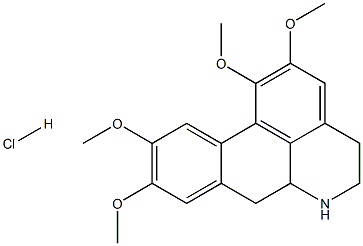
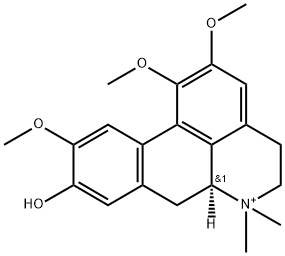
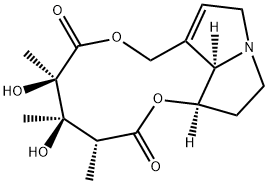
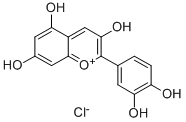




You may like
-
 7441-43-2 98%View Details
7441-43-2 98%View Details
7441-43-2 -
 1260741-78-3 6-Bromo-3-iodo-1-methyl-1H-indazole 98%View Details
1260741-78-3 6-Bromo-3-iodo-1-methyl-1H-indazole 98%View Details
1260741-78-3 -
 (3-Benzyloxypropyl)triphenyl phosphonium 98%View Details
(3-Benzyloxypropyl)triphenyl phosphonium 98%View Details
54314-85-1 -
 4-bromo-3,5-dimethylbenzenesulfonyl chloride 1581266-79-6 98%View Details
4-bromo-3,5-dimethylbenzenesulfonyl chloride 1581266-79-6 98%View Details
1581266-79-6 -
 2490430-37-8 98%View Details
2490430-37-8 98%View Details
2490430-37-8 -
 N-(5-Amino-2-methylphenyl)acetamide 5434-30-0 98%View Details
N-(5-Amino-2-methylphenyl)acetamide 5434-30-0 98%View Details
5434-30-0 -
 124371-59-1 98%View Details
124371-59-1 98%View Details
124371-59-1 -
 53857-52-2 98%View Details
53857-52-2 98%View Details
53857-52-2